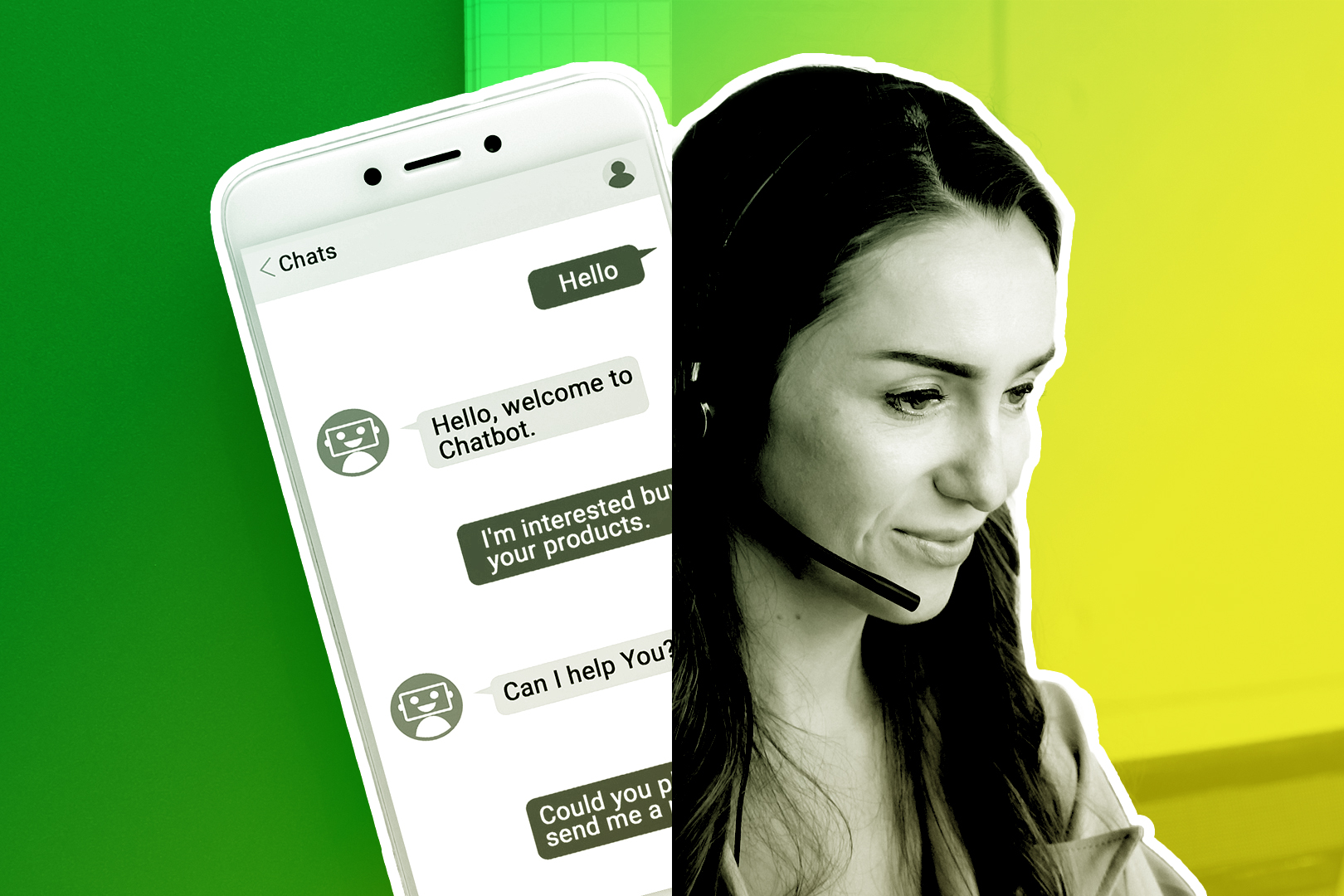If inbound leads feel like a gift, that’s because you’re smart. In this post, we’ll give you a better framework for writing short, smart, well-timed inbound emails. We’ve even gathered some research and the best expert takes to eliminate any guesswork on your end.
Treat Your Subject Line and First Sentence as the Whole Pitch
Most people decide whether to open an email based on two things:
1) your subject line and
That’s it. That’s the whole shebang.
So what’s the goal of these lines? Sam McKenna calls it SMYKM, or Show Me You Know Me®. “Your subject line is the most important part of your email,” writes McKenna, “and it should always be customized. It doesn’t even need to make sense, but it needs to Show Me You Know Me®.”
Her strategy: look for two solid factoids that are unique to your prospect. Throw those into the subject line, thereby demonstrating SMYKM.
“If you were trying to get to me,” said McKenna, “You might do: Nickelodeon + LinkedIn + Your Company Name…OR Barefoot Contessa + Leukemia Lymphoma Society + Go Noles!”
That strange mix of multiple factoids shows you did your homework beyond base levels. One ingredient isn’t enough. You want a chemical reaction working in the prospect’s brain: “Oh, this email can only be for me.”
That chemical reaction should extend to the first sentence of your email. Tie the subject line into the first sentence. This way, it won’t seem like your subject line was just a throwaway “trick” designed to get their eyeballs on your sales pitch.
Instead, keep it friendly and human. Anything overly salesy here is going to feel incongruent to your prospect. After all, they reached out to you.
Does it work? McKenna notes that 47 percent of people decide whether to open an email solely based on your subject line. Take the time to Show Me You Know Me—and get it right.
Write 3 Sentences that Do the Heavy Lifting
Here’s the thing about outreach emails. They’re not blog posts, they’re not whitepapers, they’re not pitch decks. They’re more like verbal door openers.
So don’t treat it like a full-scale sales conversation just yet. Treat it like you would an introduction in person: one slice of a moment. It’s a tiny wrinkle in time that gives your prospect just enough to know three things:
- Why you’re emailing them
- What problem you help solve
- What they should do next (if they’re interested)
If you need more than three sentences to do this, the email’s probably getting too long already.
As Sam McKenna says, “state a common challenge that you know your prospect is likely having, and note that your clients, in that same industry, had the same challenge; then state clearly (and briefly) how you can solve it.”
Sounds simple, but it’s easy to screw up simple. Many salespeople miss the mark. Why? They get too cute and start to ramble.
Email is not dead yet, according to Will Allred, co-founder of Lavender. He’s seen 12 percent response rates as long as people know how to avoid killer mistakes like rambling, which drop reply rates by 17% each. (Other elements, like over-automating the process or not segmenting your target audiences enough, can also drop reply rates.)
Your goal should be a highly-targeted, brief sales email that addresses the three points above.
Here’s how it might look in practice:
- Sentence 1: Hook with familiarity or personalization. Remember to tie in your subject line so the prospect doesn’t feel cheated by your attention-grabber.
- Sentence 2: Highlight a pressing, relevant problem that the prospect is going through.
- Sentence 3: Introduce your solution, very briefly, without overly salesy language, and offer a simple CTA or next step that doesn’t require too much commitment.
Here’s what a three-sentence inbound reply might look like using that format:
A Challenge: Can You Keep it Under 50 Words?
As Mark Twain once wrote:
I didn’t have time to write a short letter, so I wrote a long one instead.
Keeping things short works, but it’s a bigger challenge than you might imagine. According to SalesLoft, your first priority should be responding to warm prospects quickly. Then “personalization becomes increasingly important for subsequent touchpoints to reignite interest.”
A quick reply meets the lead at their moment of highest intent. Wait too long, and you’re asking them to remember why they cared
But if you’ve mastered speed with a handy CRM pipeline with Close, the next priority is keeping your emails short. According to SalesLoft, “emails with fewer than 50 words get 2x more replies than emails with 100 words.”

That sounds obvious. “Short and sweet” is a maxim for a reason. But have you ever sat down and looked at how little 50 words is? In this section, *this* is already word #127.
So create a new challenge for yourself: shorten, shorten, shorten. 50 words or fewer. Aim to include the three basic sentences outlined above. McKenna advises not to use a Calendly link on the first email, as this comes across presumptuous.
Instead, ask something like: "Do you have time next week to connect?" Provide the gentlest of nudges, and maybe don’t even do a hard sales push yet—after all, there’s not enough space.
(And we’ll stop there. 230 words now.)
Personalize Emails “Just Enough” to Feel Human
When a prospect reaches out to you, your reply should thread the needle between under-personalization and over-personalization.
- Over-personalization is what happens when your emails get too familiar, too long—remember, keep it to 50 words if you can.
- Under-personalization means you haven’t given them enough assurance that you’ve researched them beyond the basics. Consequently, they wonder if the email will even be worth their time.
The sweet spot is to use your first sentence to prove you’re writing to them. And not just someone like them.
According to SalesLoft, simply making the change from “no email personalization” can skyrocket your reply rates to “upwards of 300 percent.”
But remember: these are inbound leads. So what level of personalization makes sense?
- Referencing the content they downloaded or viewed
- Mentioning their job title or a specific challenge in their vertical they expressed interest in
- Referencing one of their recent public posts, or company-wide business decisions
These all fit the “Show Me You Know Me” criteria. But always go one level deeper. Don’t say “saw your LinkedIn post,” because that applies to every LinkedIn post. Say “Hey, I agree—I like puppies, too.” It shows you read it. (Assuming they wrote about liking puppies.)
Move Fast, But Don’t Sound Rushed
Speed matters, but not if your definition of “fast” includes “careless.” If a prospect expresses interest and instantly receives a reply, they may be impressed by the convenience while being underwhelmed by just how over-automated you are.
So how do you achieve personalization and speed without it coming across rushed?
- Set up internal alerts for new leads, using triggers like inbound forms
- Use short, clean templates (i.e., the three-sentence structure) to kick off the process without writing everything at once
- Train sales reps to prioritize the quality of the first-touch within a structure (like 50 words or fewer) until they get the hang of it
The trick here? Getting yourself out of the “convincing” style that comes with writing overly long cold emails.
This is more like a handshake and a hello. A warm door is opening, but you’re also showing that you don’t expect anything more than that for now.
Don’t Let Inbound Feel Cold
The irony of inbound marketing? We in sales often miss the easiest opportunities to start a conversation because we tend to overthink it. We use the strategies that work for us in outbound marketing, then wonder why they don’t work when a prospect’s already interested.
To keep inbound leads feeling warm, stick to a few keys:
- Shorter emails. These are not only easier to send quickly, but they include as little friction as possible to the interaction.
- Keep it human. “Show Me You Know Me” is still the key here, especially if it feels more organic than in outbound marketing and cold emails.
- Don’t be salesy. Avoid copy that sounds like it came from your outbound playbook, like “Just circling back” or “Checking in here,” as it can potentially scream: mass email. Instead, keep it light, like you’re checking up on a friend.
- Track it all. If you’re using Close CRM, our tools make tracking, triggering, and tailoring every message easy so you’re ready to pounce on a prospect as soon as they fill out a form.
If you want to write better inbound sales emails and improve your inbound workflows, Close CRM can help. Try it for free today!












